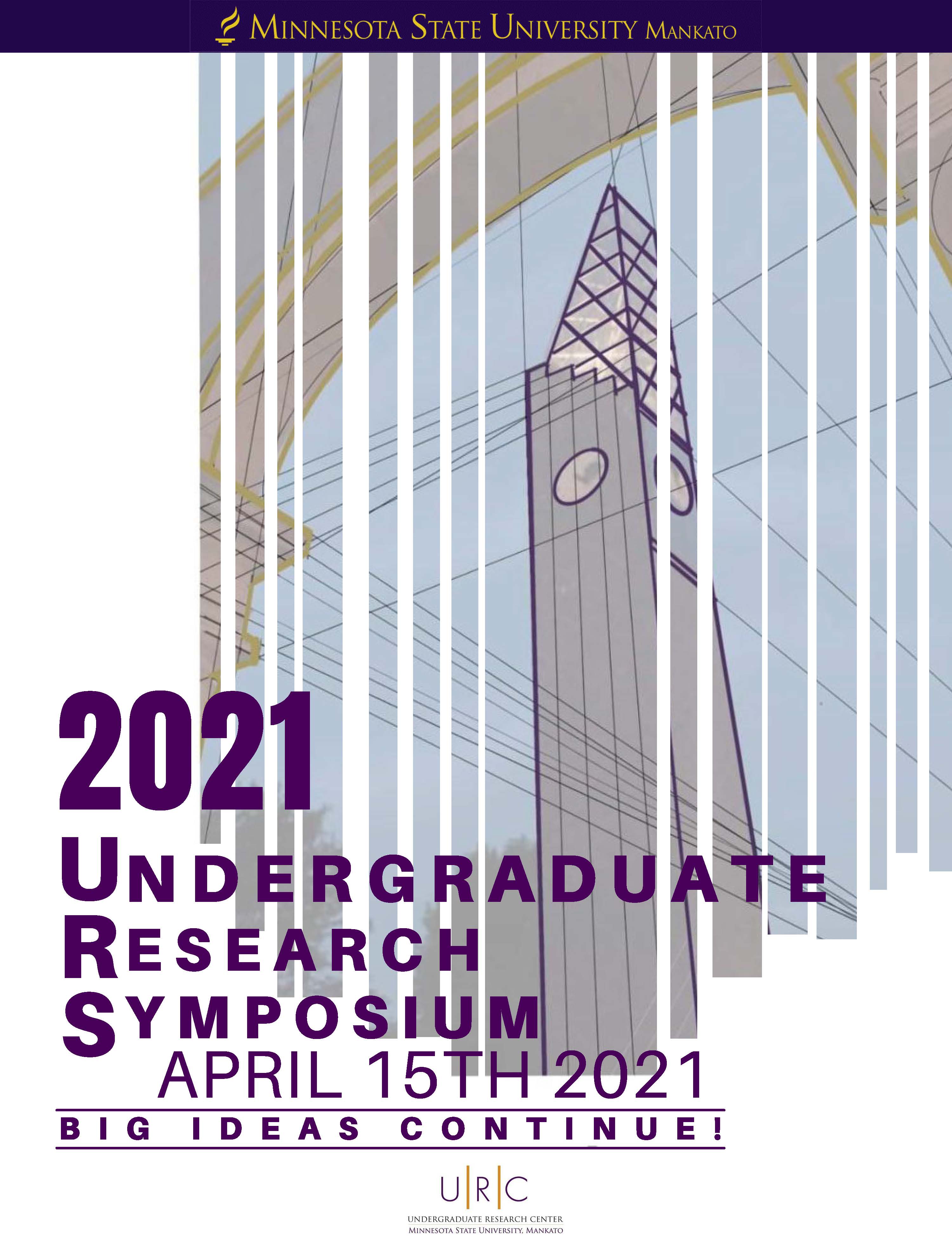Effects of Gonadotropin Releasing Hormone on Reproductive Behavior and Testis Morphology in a Seasonally Breeding Lizard
Start Date
15-4-2021 11:00 AM
End Date
15-4-2021 12:00 PM
Student's Major
Biological Sciences
Student's College
Science, Engineering and Technology
Mentor's Name
Rachel Cohen
Mentor's Department
Biological Sciences
Mentor's College
Science, Engineering and Technology
Description
Many people in the world struggle with infertility, which is often caused by misregulation of the hormones that control reproduction. The hypothalamus pituitary gonadal (HPG) axis regulates reproduction through the release of gonadotropin releasing hormone (GnRH). Seasonally breeding animals offer a unique opportunity to study reproduction in the same animal when they are fertile (breeding season) and infertile (non-breeding season). The non-breeding season can be further broken down into refractory and post-refractory periods. During the refractory period, breeding-like environmental conditions do not stimulate breeding. During the post-refractory period, breeding-like environmental conditions can cause animals to begin to reproduce. To test the role of GnRH in these two non-breeding periods, male green anole lizards (Anolis carolinensis) were injected with GnRH or saline (control) during the refractory and post refractory periods. The results from our first experiment showed that there was an increase in testis weight, spermatogenesis, and reproductive behavior in the post-refractory period compared to the refractory period, with no effect of GnRH injections. The GnRH sequence in green anole lizards has not been characterized, and a second part of our study was to perform PCR testing to amplify the GnRH sequence in green anoles. We used the GnRH sequence from a similar lizard species to design primers that will hopefully amplify the green anole GnRH sequence. If successful, we will determine the GnRH sequence in green anole lizards, which will allow us to begin characterizing how GnRH influences normal seasonal regulation of reproduction in this species.
Effects of Gonadotropin Releasing Hormone on Reproductive Behavior and Testis Morphology in a Seasonally Breeding Lizard
Many people in the world struggle with infertility, which is often caused by misregulation of the hormones that control reproduction. The hypothalamus pituitary gonadal (HPG) axis regulates reproduction through the release of gonadotropin releasing hormone (GnRH). Seasonally breeding animals offer a unique opportunity to study reproduction in the same animal when they are fertile (breeding season) and infertile (non-breeding season). The non-breeding season can be further broken down into refractory and post-refractory periods. During the refractory period, breeding-like environmental conditions do not stimulate breeding. During the post-refractory period, breeding-like environmental conditions can cause animals to begin to reproduce. To test the role of GnRH in these two non-breeding periods, male green anole lizards (Anolis carolinensis) were injected with GnRH or saline (control) during the refractory and post refractory periods. The results from our first experiment showed that there was an increase in testis weight, spermatogenesis, and reproductive behavior in the post-refractory period compared to the refractory period, with no effect of GnRH injections. The GnRH sequence in green anole lizards has not been characterized, and a second part of our study was to perform PCR testing to amplify the GnRH sequence in green anoles. We used the GnRH sequence from a similar lizard species to design primers that will hopefully amplify the green anole GnRH sequence. If successful, we will determine the GnRH sequence in green anole lizards, which will allow us to begin characterizing how GnRH influences normal seasonal regulation of reproduction in this species.




